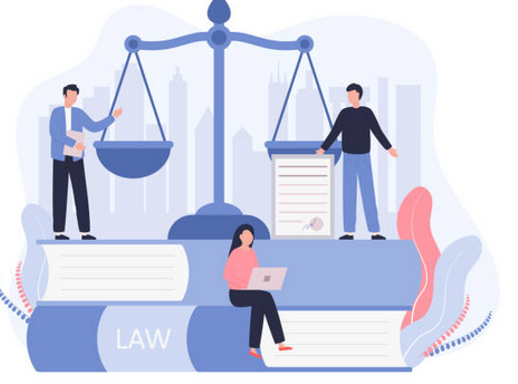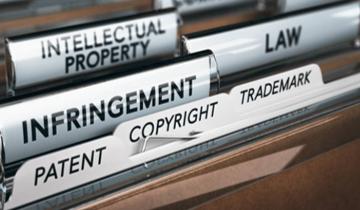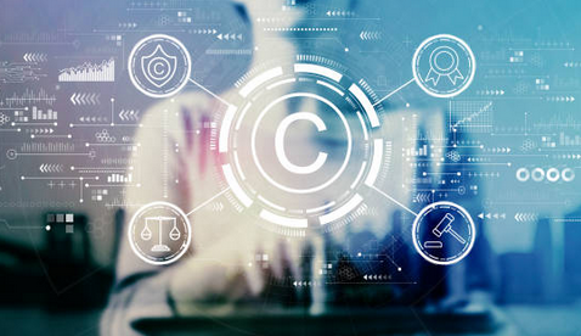 Customs, International IPR, Legal Aspects
Customs, International IPR, Legal Aspects
Description:
The following module describes the legal aspects of international commerce, customs and international Intellectual Property Rights (IPS).
The module is divided into two units. The first one analyses the intellectual property rights in the framework of international trade. It gives definition and examples of IPR, along with some examples of violation of intellectual property rights.
The second unit explains the legal aspects of international businesses.
Its sections are about some examples of legal issues that may emerge in international business transactions.

 IPR and International Trade IPR and International TradeWhat is Intellectual Property
 Click to read Click to read Intellectual property (IP) refers to creations of the mind, such as inventions; literary and artistic works; designs; and symbols, names and images used in commerce. Definition provided by World Intellectual Property Organisation (WIPO)
Examples of IPR
 Click to read Click to read Official definitions from World Intellectual Property Organisation (WIPO)
Examples of IPR - Patents
 Click to read Click to read
Examples of IPR – Copyrights
 Click to read Click to read
Examples of IPR – Trademarks
 Click to read Click to read Trademark protection lasts for 10 years, and can be renewed as many times as possible – upon payment of a fee. The application for trademarks is done at national / territorial level, and remains in force limited to the region of application. For registration at international level, you can register your trademark in each national office you are interested of or by application through WIPO. Examples of IPR – Trade secrets
 Click to read Click to read
Examples of IPR – Geographical indications
 Click to read Click to read Typical of agri-food and handicraft products: industries in which the place of origin of the good stands as an assurance for its quality, performance and uniqueness. The GI owner is allowed to use the geographical indication in communicating, marketing and branding the product, but cannot prevent others from using the some production techniques for instance. GIs applies to any instance in which there is a clear, recognizable and popular connection between the product and the place of origin. Typical cases of IPR violation
 Click to read Click to read Infringement, counterfeiting, and theft of trade secrets are examples of serious intellectual property infractions. Other “traditional” violation scenarios include:
Summing up
 Click to read Click to read
 Legal Aspects of an International Business Legal Aspects of an International BusinessInternational Commercial Transactions
 Click to read Click to read
Legal Issues in International Commercial Transactions
 Click to read Click to read Contracts for products and services agreed on by parties can sometimes result in legal complications.
Choice of Law
 Click to read Click to read In the event of private parties to an international commercial transaction, the arising difficulties are normally controlled by the conflict of laws principle, which states that the jurisdiction is determined by the law of the place of residence. The Choice of Law clause to the contract may specify which jurisdiction is applied in the case of conflict. In the EU, the law applicable to contractual obligations is the Regulation is the Regulation (EC) No 593/2008, also known as Rome I Regulation. E-Contractual form
 Click to read Click to read
Summing up
 Click to read Click to read
| ||||||||||||||||||||||||||||||||||||||||||||||||||||||||||||||||||||||||||||||||||||||||||||||||||||||||||||||||||||||||||||||||||||||||||
Test Yourself! 
KeywordsIntellectual Property Rights (IPR) – international commerce – legal aspects of internationalisation – international commerce transactions
Objectives / Goals:
- Learn more about the essentials of Intellectual Property Rights (IPR)
- Recognize the different typologies of IPR and how they are applies
- Get familiar with the basic legal implication of International Business
Bibliography
https://crsreports.congress.gov/product/pdf/IF/IF10033/15
http://www.inveiss.com/legal-aspects-of-an-international-business/
https://www.hg.org/legal-articles/legal-aspects-of-international-business-transactions-30504
https://malesculaw.com/legal-issues-in-international-business-transactions/
https://ec.europa.eu/info/business-economy-euro/doing-business-eu/intellectual-property-rights_en
-
Related training material
- Market Research & Analysis
- Risk Analysis
- Business plan for internationalization











